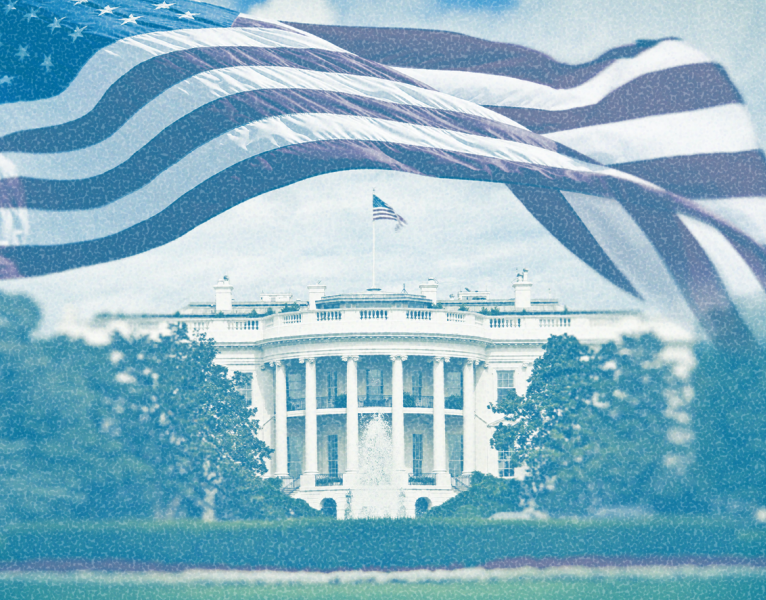As we previously reported, on January 21, 2021, President Biden issued an executive order aimed at increasing COVID-19 workplace safety measures at the federal level. In response to President Biden’s directive, OSHA announced on March 12, 2021 the launch of a national emphasis program (“NEP”) to focus its enforcement efforts on employers that put the largest number of workers at “serious risk” of contracting COVID-19. Additionally, OSHA updated its Interim Enforcement Response Plan for COVID-19 to prioritize on-site inspections where practical. Below is a brief summary of what employers need to know about these initiatives.
NEP Workplace Inspections
OSHA generally conducts two types of inspections: programmed and unprogrammed. Programmed inspections are conducted to verify that randomly-selected employers, who have been scheduled for inspection based upon objective selection criteria set by OSHA, are in compliance with OSHA rules and regulations. Unprogrammed inspections are conducted in response to alleged hazardous working conditions at a specific worksite.
The NEP includes a programmed inspection initiative that aims to increase workplace safety in industries where employees have a high risk of COVID-19 exposure, such as grocery stores, warehouses, restaurants, manufacturing, and public transportation. Employers should review the NEP’s lists of targeted industries, found in Appendices A and B, to see if their business may be targeted for inspection. Employers should be aware though that establishments not included on the NEP’s selection lists may also be targeted for inspection if OSHA believes an inspection is warranted based on information provided to the agency. Of note, the NEP will prioritize unprogrammed inspections related to COVID-19 fatality events, followed by allegations of potential or confirmed employee exposure to COVID-19.
Inspections will be conducted either on-site or through a combination of on-site and remote inspection methods. Follow-up inspections may also be conducted to determine if previously-identified COVID-19 hazards have been corrected or to confirm the accuracy of abatement information that the employer provided.
While OSHA does not typically initiate inspections under an NEP until after the expiration of a 90-day outreach period, OSHA has taken the position that this 90-day period has already expired because of OSHA’s prior guidance throughout the duration of the COVID-19 pandemic. Accordingly, employers should be aware that OSHA anticipates beginning inspections within the next two weeks. The NEP will remain in effect for up to one year, unless OSHA amends or cancels the program.
NEP Whistleblower Protections
The NEP also places an enhanced focus on ensuring that workers who share information about unsafe or unhealthful conditions related to COVID-19 are protected from employer retaliation. In that regard, the NEP directs Area Offices to promptly refer retaliation complaints to OSHA’s Regional Whistleblower Protection Program for investigation.
Update to Interim Enforcement Response Plan
OSHA also announced that it has updated its Interim Enforcement Response Plan to prioritize the use of on-site workplace inspections, where practical. OSHA may also use a combination of on-site and remote methods of inspection, but it intends to rely on remote-only inspections only in instances where it is determined that an on-site inspection cannot be performed safely. This new guidance will go into effect on March 18, 2021, and it will remain in effect until further notice.
* * *
Subscribe to Proskauer’s Law and the Workplace blog to stay current on the latest Biden administration developments impacting your business. Proskauer’s cross-disciplinary, cross-jurisdictional Coronavirus Response Team is focused on supporting and addressing client concerns. Visit our Coronavirus Resource Center for guidance on risk management measures, practical steps businesses can take and resources to help manage ongoing operations.

